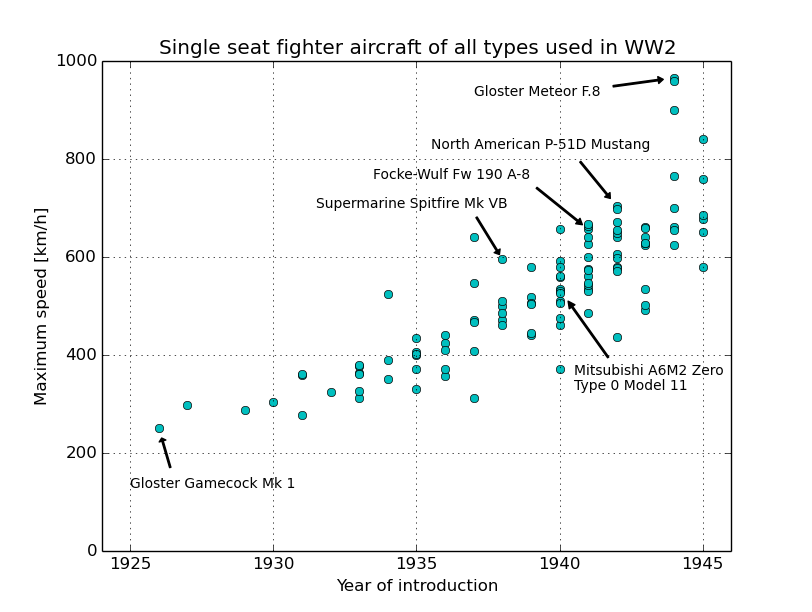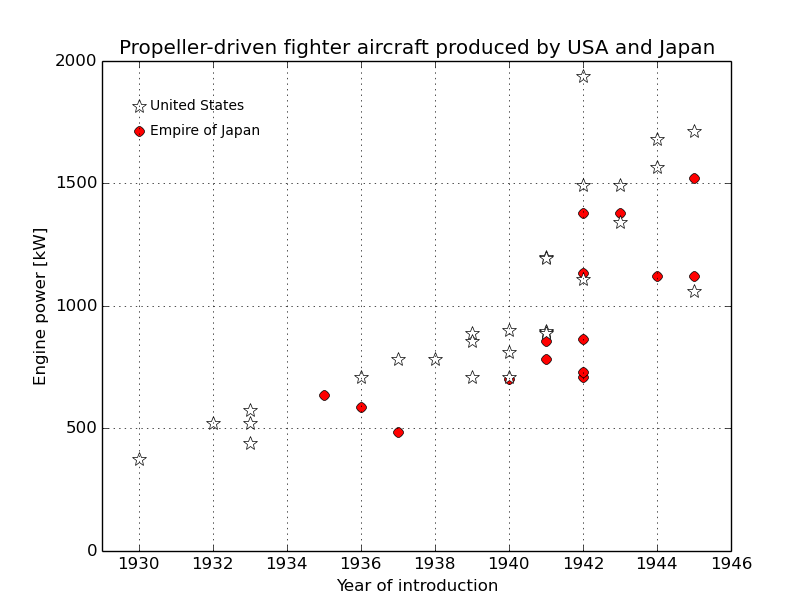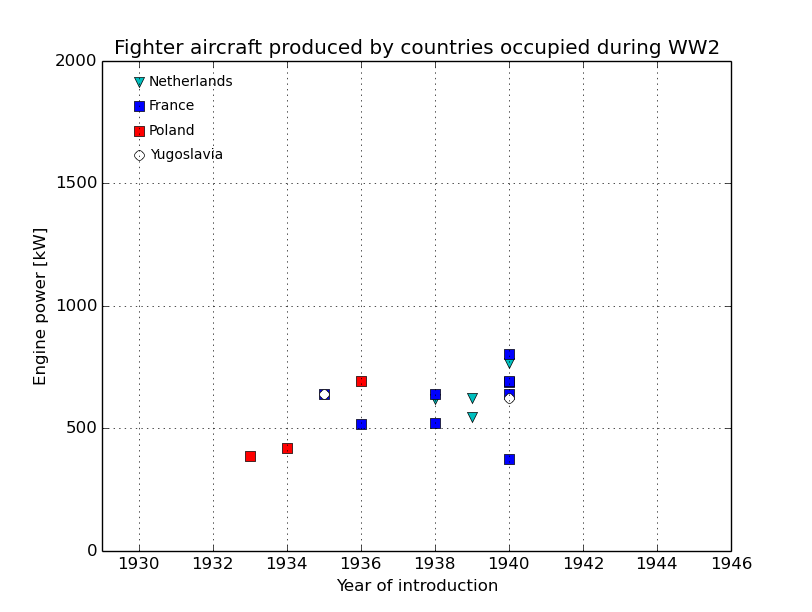
|
||||||||
|
Writing |
Evolution of World War 2-era fighter aircraftThe Second World War was a period of great upheaval in countries in Europe, North Africa, and Asia. Throughout the great conflict and in the years leading up to it, the progress of aviation was accelerated (the waging of war often seems to go accompanied by an increased rate of development of new technologies). In the opening stages in 1938 and 1939 many air forces had considerable numbers of biplanes in service. At the end in 1944 and 1945 aircraft powered by jet engines had begun to appear, which attained speeds exceeding two or three times that of pre-war fighters; they could be equipped with radar and were capable of launching rockets. Of the most successful types tens of thousands had been produced, some of which remained in use for years after the war had ended. For the first time, aircraft had become a offensive and defensive weapon that could decide the outcome of battles and wars. As a means to illustrate the development of fighters and the relationships between various technological aspects, technical data for about 140 different types have been obtained from relevant Wikipedia articles and systematically stored in a spreadsheet containing amongst others such information as speed, operational ceiling, engine power, and other particulars like country of origin and introduction year and numbers produced. There are some caveats to note when using these data:
Being mindful of the above, selected data from this spreadsheet can now be used to make rough graphical overviews of the development of fighter aircraft used in this era. Spreadsheet software normally features a built-in plotting toolkit, but scriptable numerical analysis tools like Matlab or NumPy can read also data from spreadsheets - at least when stored in the Microsoft Excel format. Using these data to produce a graph of speed versus year of introduction - in this case for single-seat aircraft for all combatant powers - clearly illustrates the progress. 
Other interesting correlations can be generated using the same database; click on the examples below for a larger view.
DownloadsSpreadsheet (version 0.1) containing the aggregated data from Wikipedia. Links
(Originally written 2016/10/18)
|


